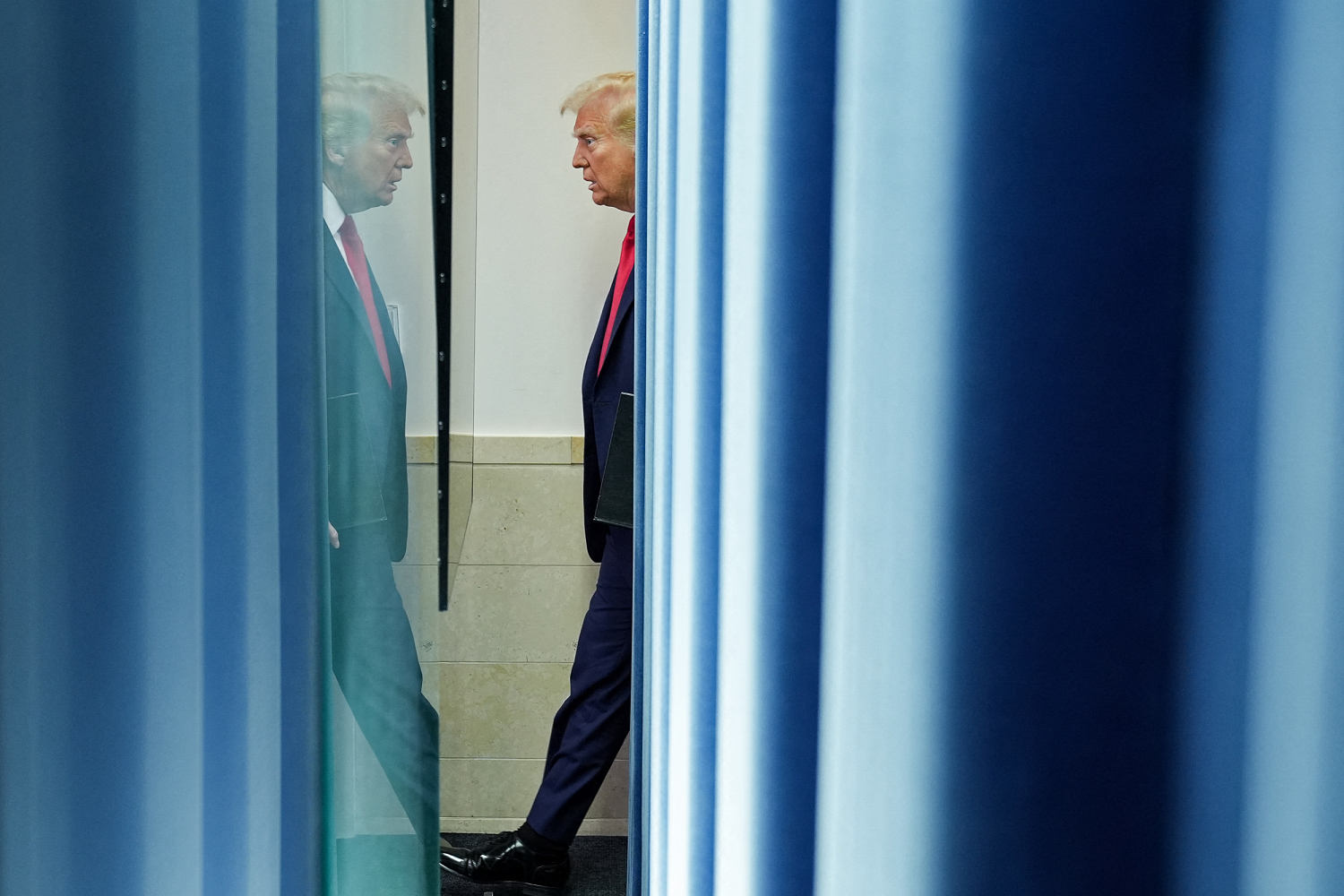
President Donald Trump’s threatened tariffs against Mexico, Canada and China went into effect Saturday evening, slapping a 25% wholesale tariff on both Mexico and Canada at once.
China, at the moment, is only being levied with a 10% tariff.
Trump is taking a more aggressive strategy against the nation’s neighbors than he did in his first administration. At that time, he took a more targeted approach to specific industries, like steel and aluminum.
This time around, the tariffs seem to apply to most categories, although there was a carve out for Canadian energy, which will be tariffed at 10% instead of 25%.
The sweeping tariff could make more expensive a host of items that the U.S. imports from its neighbors. Among the common Mexican imports that will now get pricier to bring into the country: fruits, vegetables, beer, liquor and electronics. And from Canada: potatoes, grains, lumber and steel.
EY Chief Economist Gregory Daco said agricultural products are a major category of trade between the U.S., China, and Mexico.
“We tend to think a lot about merchandise goods as being automotive goods, furniture goods and these types of heavy equipment goods. But we should not forget that we also do a lot of trade on the agricultural front,” Daco said. “So we could see upward pressure for meat prices, upward pressure for dairy prices. Those are the types of categories that directly hit consumers wallets.”
That would compound already high grocery prices, which are up 28% over the last five years, according to the Bureau of Labor Statistics.
With deeply intertwined automotive supply chains between the three countries, cars and auto parts are likely to get pricier to bring into the U.S., too.
S&S Automotive services cars in Secaucus, New Jersey, where owner Keith Scaglione says tariffs would likely make the cost of parts like oil filters more expensive, making even routine fixes costlier for consumers.
“Oil changes, mainly that’ll be the first noticeable one, an average oil change on most vehicles is now anywhere between $50 to $80. It’s probably going to end up over $100,” Scaglione said.
The tariffs announced Saturday could be the beginning of a policy war, with tariff rates at risk of ratcheting even higher. In announcing the tariffs Saturday the White House added there was a “retaliation clause” added to the measures.
“So that if any country chooses to retaliate in any way, the signal will be to take further action with respect to likely increased tariffs,” the White House said.
Trump is enacting the tariffs under the International Emergency Economic Powers Act, which allows the president to respond to “extraordinary threat,” which Trump has identified as a fentanyl and drug crisis that he alleges China, Mexico, and Canada facilitate.
In tandem with the 10% tariff on China, the U.S. is targeting its top three trading partners, accounting for over $1.2 trillion of imports last year.
The 10% tariff on Canadian energy is a major development for an industry that almost unilaterally sells crude oil to the U.S. Canada Energy Regulator reported that in 2023 it sent about 97% of all its crude oil exports to the United States.
For U.S. refineries that are specifically tuned to Canadian oil, any costs associated with switching imports could lead to more expensive gas prices at the pump.
Daco said imposing tariffs “on large trading partners would have severe economic consequences” for the U.S., Mexico and Canada, “and could lead to an environment that is both a higher inflation environment and also a lower growth environment because of the importance of the trade with both of these economies.”







